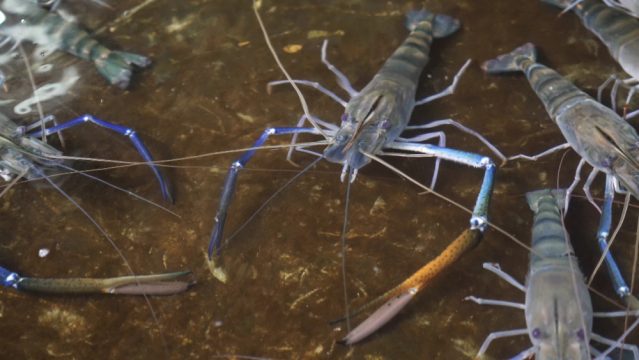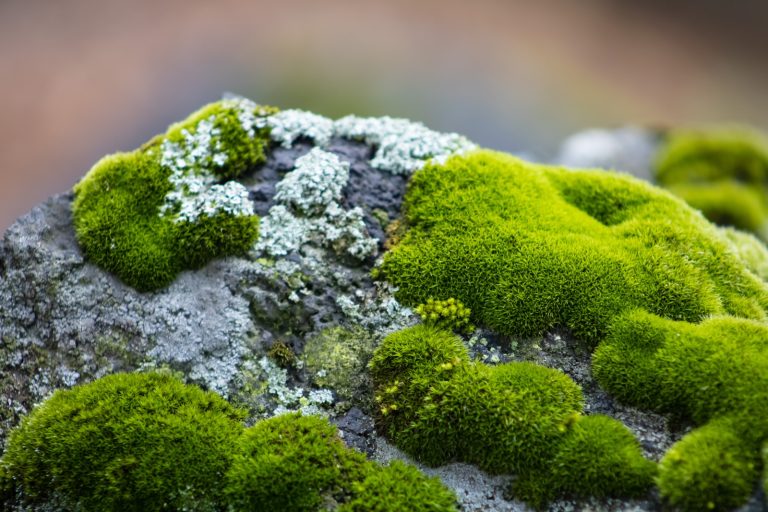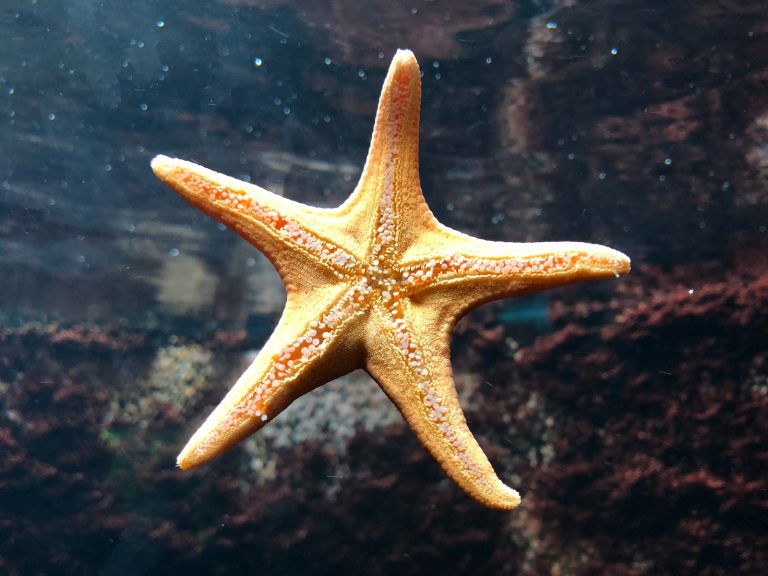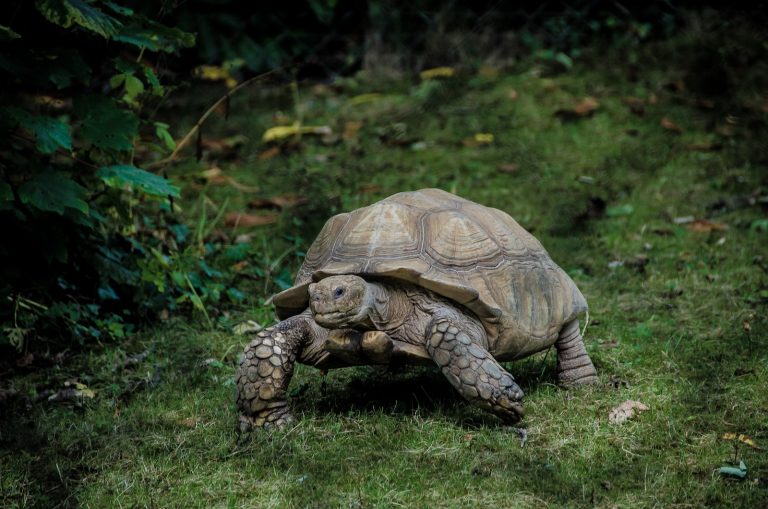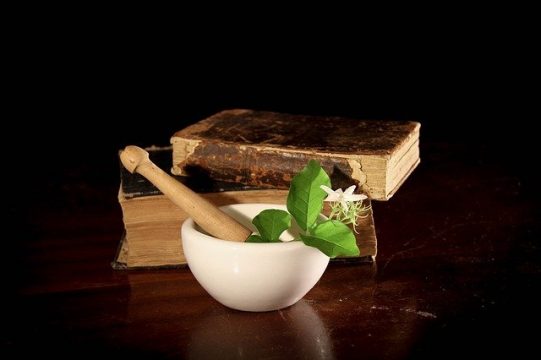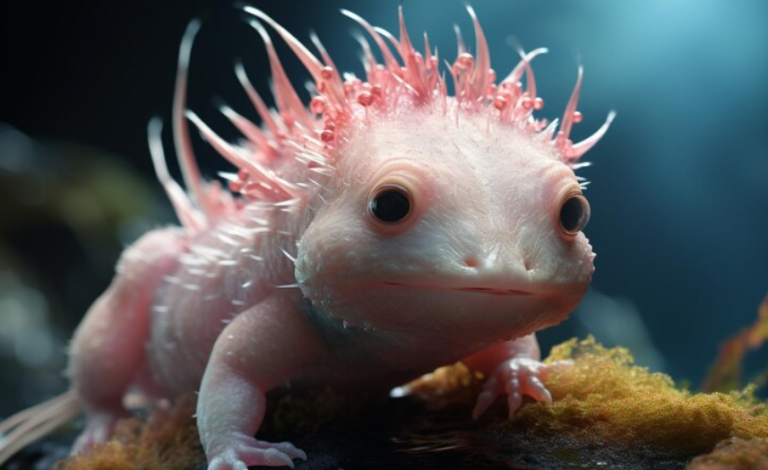Popular Freshwater Shrimp Varieties – The Unseen Stars of the Aquatic World
Don’t be fooled by their diminutive size; freshwater shrimp are the unsung heroes of the aquatic world. They are hardy, diverse, and, not to mention, incredibly fascinating. From their captivating colors to their unique behaviors, there’s always something interesting going on in their tiny world.
This article delves into the vibrant universe of the 15 popular freshwater shrimp varieties. Whether you’re an aquarist seeking to introduce a new species to your tank or merely an enthusiast curious about these tiny critters, this guide is for you. So, buckle up, and let’s jump into the deep end!
Neocaridina davidi – The Color Chameleons
Overview
Neocaridina davidi, often called Cherry Shrimp, are some of the most popular freshwater shrimp. These little critters come in various colors, including red, blue, yellow, and even green, thanks to selective breeding.
Habitat and Care
Native to Taiwan, these shrimp thrive in heavily planted tanks with a stable environment. They’re as tough as old boots, making them great for beginners in the hobby.
Caridina cantonensis – The Crystal Shrimp
Overview
Say hello to the Crystal Shrimp, a variety known for their translucent bodies and vibrant red or black bands. You’d be hard-pressed to find a more stunning addition to your tank.
Habitat and Care
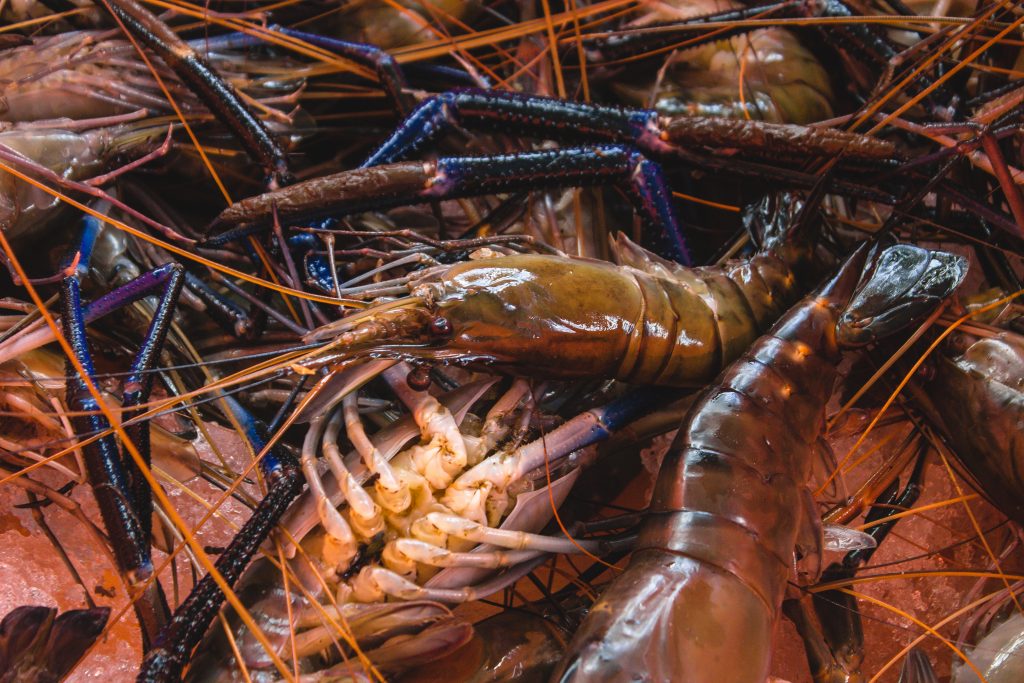
These delicate beauties need pristine water conditions and a well-established tank to thrive. They’re not for the faint-hearted but can bring joy to any seasoned aquarist.
Amano Shrimp – The Algae Eaters
Overview
Named after the famed aquarist Takashi Amano, these shrimp are the algae-eating workhorses of the freshwater tank. They’re not as flashy as some of their counterparts, but they make up for it with their work ethic.
Habitat and Care
Amano Shrimp aren’t picky about their living conditions, but they appreciate a well-planted tank with plenty of hiding spaces.
Ghost Shrimp – The Transparent Treasures
Overview
Ghost Shrimp, as the name suggests, is almost entirely transparent. This unique trait makes them an exciting addition to any freshwater aquarium.
Habitat and Care
They’re hardy and can adapt to various water conditions, making them perfect for beginners.
Bamboo Shrimp – The Filter Feeders
Overview
Also known as Wood Shrimp, Bamboo Shrimp are the gentle giants of the shrimp world. Their unique feeding behavior, using fan-like appendages to filter feed, can be quite a spectacle.
Habitat and Care
They prefer a tank with a strong current and plenty of hiding spots. They’re a bit more challenging to care for but can add an element of fascination to your aquarium.
Blue Tiger Shrimp – The Striped Marvels
Overview
Blue Tiger Shrimp are a sight to behold with their deep blue bodies and striking orange eyes. They’re relatively rare but worth the search for their stunning coloration.
Habitat and Care
They prefer cooler water temperatures and a tank with plenty of hiding spots. While they are more sensitive to water changes than some species, they can be a rewarding addition to your aquarium with a bit of care and attention.
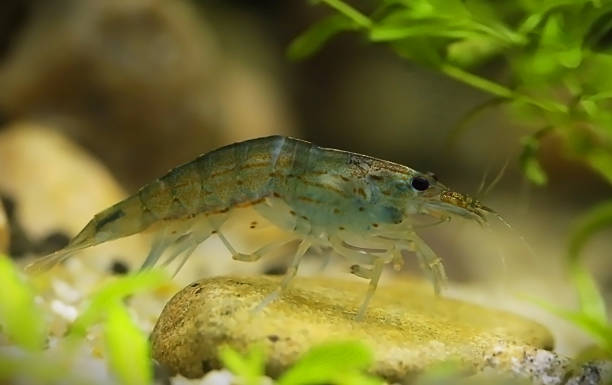
Snowball Shrimp – The White WondersOverview
Snowball Shrimp are unique freshwater shrimp known for their solid white bodies. Their striking color makes them a standout addition to any tank.
Habitat and Care
They’re easy to care for and thrive in various conditions, making them an excellent choice for beginners and experienced aquarists.
Cardinal Shrimp – The Sulawesi Star
Overview
Hailing from the Sulawesi lakes in Indonesia, Cardinal Shrimp is one of the most beautiful and rare freshwater shrimp varieties. Their bright red color and white spots create a visually stunning contrast.
Habitat and Care
They require particular water conditions mimicking their native Sulawesi environment, making them a challenging but rewarding species for experienced aquarists.
Vampire Shrimp – The Gentle Giants
Overview
Don’t let the name scare you off; Vampire Shrimp are some of the most peaceful creatures in a freshwater tank. They’re a crowd-pleaser known for their large size and unique feeding habits.
Habitat and Care
They prefer larger tanks with plenty of hiding spaces and a strong filter-feeding current. While they require more care, their unique presence makes it all worthwhile.
Malawa Shrimp – The Hardy Hitchhikers
Overview
Malawa Shrimp is a robust variety known for their ability to hitch a ride on live plants into new environments. They’re not the most colorful species, but their resilience makes them a favorite among aquarists.
Habitat and Care
These hardy critters are okay with their conditions, making them an easy addition to most tanks.
Pinokio Shrimp – The Long-Nosed Lovers
Overview
Pinokio Shrimp, also known as Red Nose Shrimp, are unique for their elongated rostrum, resembling Pinocchio’s prominent nose. These entertaining creatures can bring a touch of whimsy to your tank.
Habitat and Care
They prefer well-planted tanks with plenty of hiding spots. They’re sensitive to water conditions, but with proper care, they can thrive.
Sulawesi Shrimp – The Indonesian Gems
Overview
Sulawesi Shrimp is a collective term for the various unique shrimp species native to the Sulawesi lakes in Indonesia. They’re known for their vibrant colors and unique patterns.
Habitat and Care
These shrimp require specific water conditions to thrive. While they can be a challenge for beginners, experienced aquarists will find them a joy to keep.
Bumble Bee Shrimp – The Striped Spectacles
Overview
Named for their distinctive black and yellow stripes, Bumble Bee Shrimp is a small and vibrant addition to any freshwater tank.
Habitat and Care
They prefer clean water and a diet rich in algae. With their stunning appearance, they can brighten up any aquarium.
Rili Shrimp – The Color-Blocked Companions
Overview
Rili Shrimp are a variety of the Neocaridina davidi species. They’re known for their unique “rile” color pattern, where the color is “blocked” off in certain sections.
Habitat and Care
Like their Neocaridina davidi cousins, Rili Shrimp are hardy and easy to care for, making them popular among hobbyists.
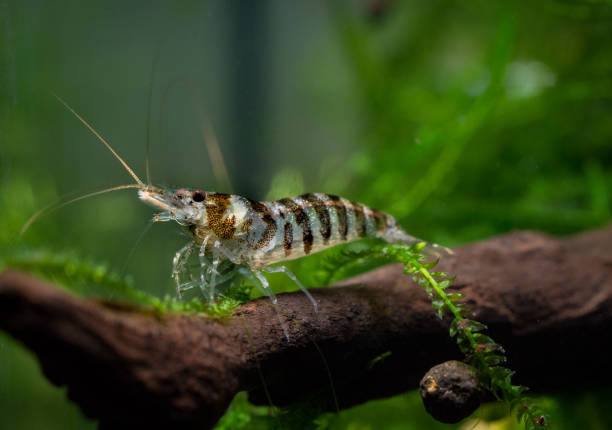
Green Lace Shrimp – The Emerald EleganceOverview
Lastly, Green Lace Shrimp, known for their delicate green color and intricate lace-like pattern, is an elegant addition to any freshwater aquarium.
Habitat and Care
They prefer softer, acidic water conditions and plenty of hiding spots. Despite being a little more delicate than some species, they can be a showstopper in your tank with the proper care.
15 Popular Freshwater Shrimp Variety (Full Overview)
There you have it, folks, a complete overview of the 15 most popular freshwater shrimp varieties. From the colorful Neocaridina davidi to the elegant Green Lace Shrimp, there’s a world of diversity waiting to be explored in your aquarium. Remember, each shrimp species has unique needs, so it’s essential to research and ensure you can provide the right environment for them to thrive.
Frequently Asked Questions
Are freshwater shrimp easy to care for?
Generally speaking, many freshwater shrimp species are easy to care for. However, some species, like the Sulawesi and Cardinal Shrimp, require more specific conditions and can be challenging for beginners.
Can different freshwater shrimp species live together?
It depends on the species. Some can cohabitate peacefully, while others might interbreed or compete for resources. It’s best to research each species before adding them to your tank.
What do freshwater shrimp eat?
Freshwater shrimp are omnivores and will eat various foods, including algae, residue, and commercial shrimp food. Some species, like the Amano and Bamboo Shrimp, are known for their algae-eating prowess.
How long do freshwater shrimp live?
The lifespan of freshwater shrimp can vary between species, but most live for 1-2 years in well-maintained aquarium conditions.
Can freshwater shrimp live with fish?
Yes, but it depends on the fish species. Non-aggressive, small fish species can usually coexist well with shrimp. However, more significantly, predatory fish may see shrimp as a snack.
How often do freshwater shrimp breed?
Breeding frequency can vary, but many species breed every 30-60 days, given the right conditions. Some species, like the Cherry Shrimp, are known for their prolific breeding.
Conclusion: The Fascinating World of Freshwater Shrimp
From their diverse range of colors and patterns to their unique behaviors and roles within the aquarium, freshwater shrimp are truly fascinating creatures. Not only can they add a splash of color and intrigue to your aquarium, but they can also contribute to the overall health of your tank by keeping it clean and algae-free. So why not dip your toes into the captivating world of shrimp keeping? You might find it’s the best decision you’ve ever made for your aquarium.
